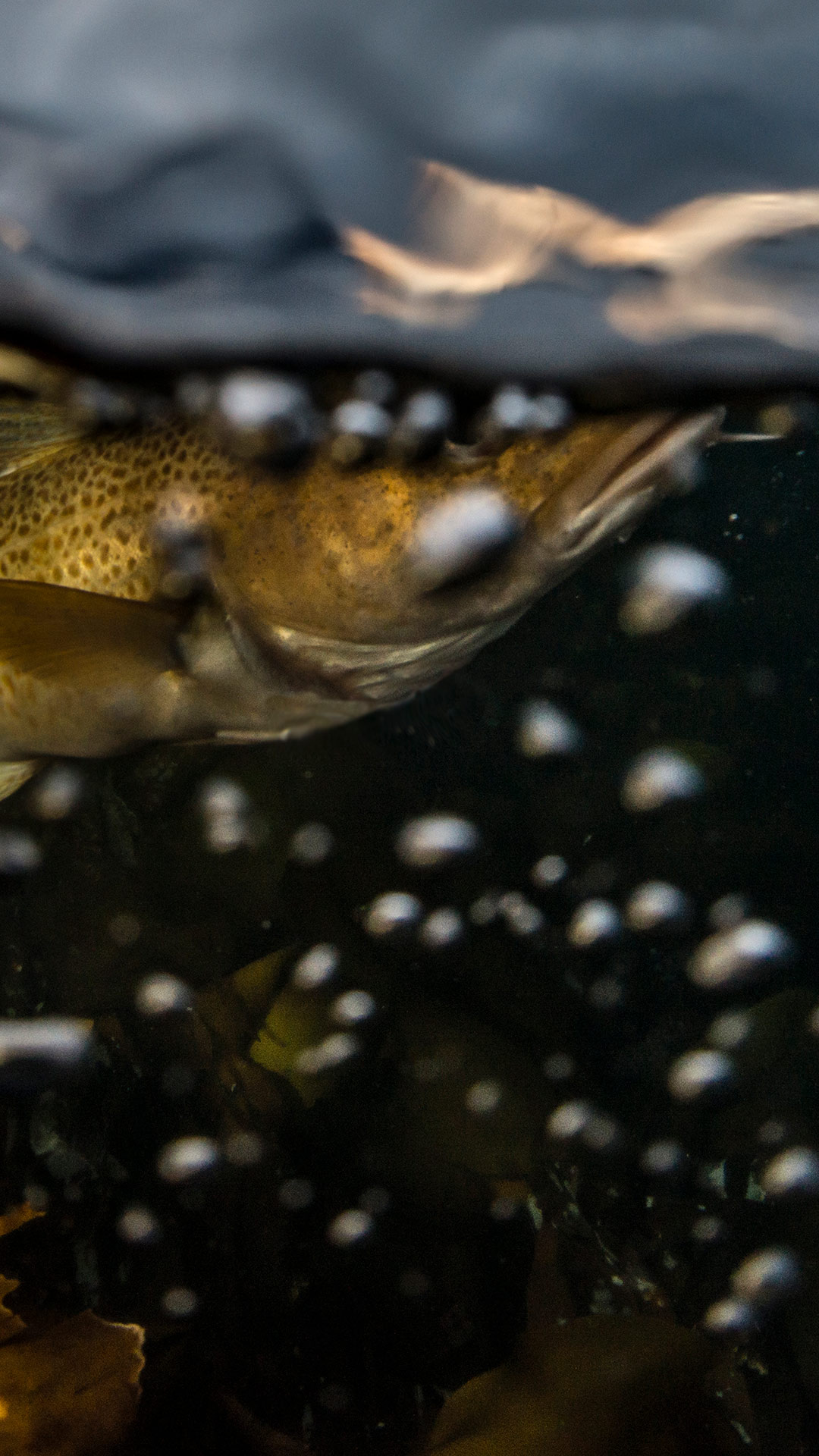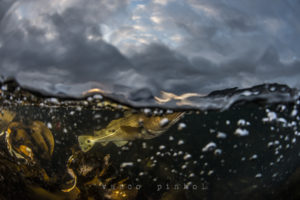To fishes, we are like what we would be to birds if we would suddenly start flying.
“The lateral line of a fish is a full-body array of the finest pressure sensors in Nature“
The mental exercise of trying to understand how the world looks through the eyes of a fish has never bored me. The clash between the worlds of animals evolved to function on different physical environments (water, earth, air) is seldom devoid of drama, often rich of farce, and must elicit – in fish – feelings of strangeness we have no tools to process. I often think of a tale I read about a crow, flying on a day of thick fog on an assumed safe height and path, barely avoids crashing into the author. Both scream in terror, the author for almost being hit by a crow, the crow from having seen what – in the universe of crows – must amount to the ultimate source of strangeness: a flying man.
What can fishes make of our clumsy movements in the water when their bodies are designed to detect the slightest changes of pressure and movement? (The lateral line of a fish is a full-body array of the finest pressure sensors in Nature)
